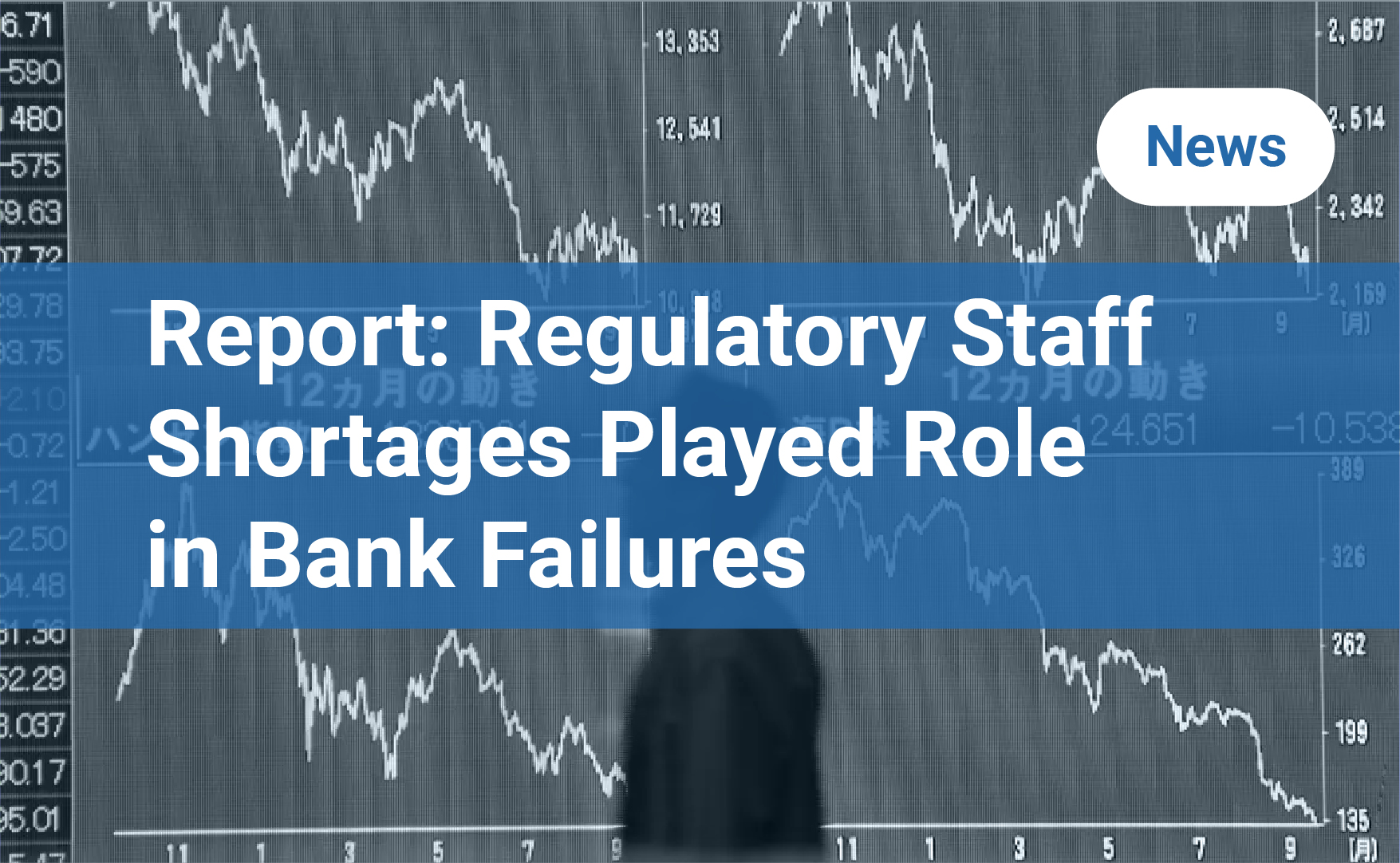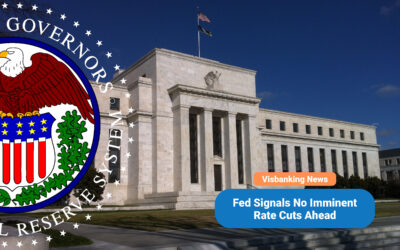The Federal Deposit Insurance Corporation (FDIC) and Federal Reserve issued reports on Friday that attempted to identify the reasons why two of the nation’s banks collapsed in March. According to those assessments, regulatory staff shortages played an important role in preventing the FDIC and Fed from engaging in proper oversight of both Signature Bank and Silicon Valley Bank.
The assessment reports suggest that the two regulatory bodies have not escaped the post-pandemic labor shortage that has plagued businesses across the United States. According to those agencies, their staffing numbers have dropped at a time when oversight needs have become increasingly important. Those staffing deficiencies led to vulnerabilities in regulatory processes.
As banks grew, regulatory staffing declined
According to the Fed report, the years leading up to 2022 saw a noticeable decline in the staff responsible for supervising the banking sector. That coincided with a major increase in that sector’s assets, reducing the agency’s ability to engage in full supervision of those banks. Meanwhile, the FDIC has reported that 40% of its New York regional supervisory positions have been unfilled or staffed by temporary workers.
Those staffing deficiencies resulted in delayed or missed reviews of Signature Bank, which caused regulators to miss critical warning signs of the bank’s vulnerabilities. Federal Reserve regulatory staff shortages left that agency unable to properly supervise SVB just as that bank’s growth accelerated. That lack of supervision helped set the stage for the Fed’s misconceptions about SVB’s stability, as the report notes:
“Because of the perception of a strong liquidity position, supervisors did not pursue extensive risk-management reviews and supervisory staffing remained relatively light, despite the rapid growth.”
Other factors that contributed to the collapse
The report also singled out the two banks’ leadership for their failure to properly manage their growing risk. Regulators also pointed to a failure by both Signature and SVB to address critical weaknesses in an urgent manner. Both banks were criticized for focusing more on growth than risk management.
Also noteworthy is the news that SVB reportedly had a total of 31 safety and soundness citations that it had not yet addressed at the time of its collapse. According to a Reuters report, that number is three times that of the banks’ peers in the industry. Citations included concerns about the bank’s failure to properly model interest rate risks—a key concern, since experts have suggested that the bank collapsed as a result of its failure to account for rising interest rates.




